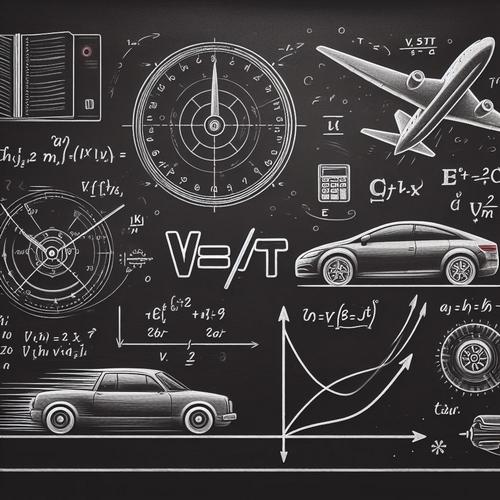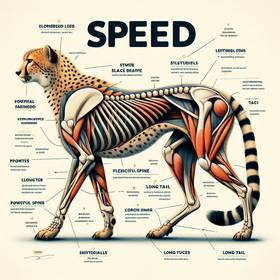Definition of Speed
Speed is a fundamental concept in physics, representing the rate at which an object covers distance. In simple terms, it refers to how fast an object moves without consideration for its direction. Whether it's a car racing down a highway or a bird soaring through the sky, speed quantifies the swiftness of motion, measured typically in units like meters per second (m/s) or miles per hour (mph).





